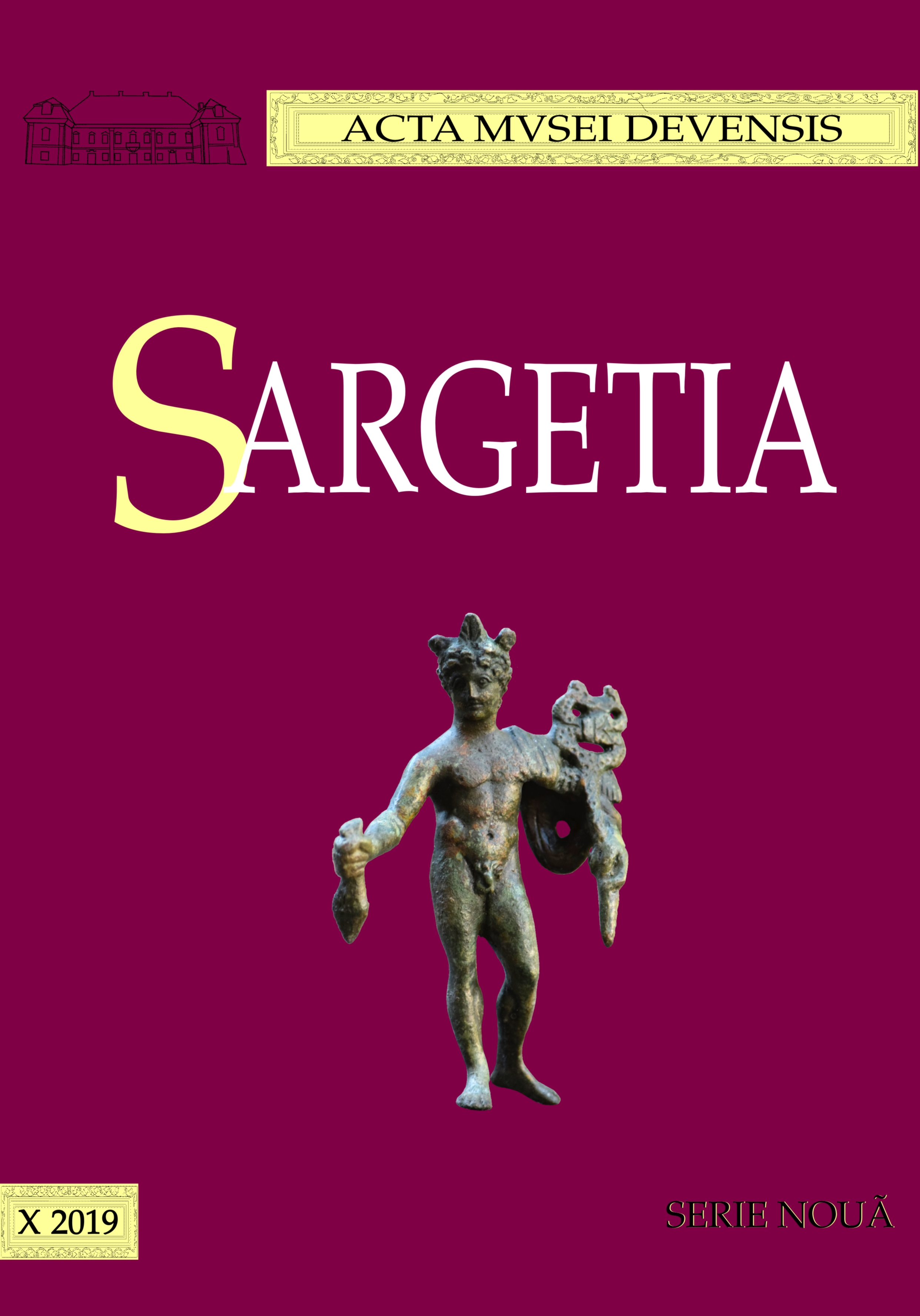Importuri în mediul cultural dacic de la Unip, jud. Timiș
Imports into the Dacian Cultural Environment in Unip, Timiș County
Author(s): Iosif Vasile Ferencz, Dorel Micle, Andrei StavilăSubject(s): History, Archaeology
Published by: Editura Altip
Keywords: Dacia; Timiș River Valley; imports; clothing accessories; tools;
Summary/Abstract: The archaeological site of Unip – Dealul Cetățuica, Sacoșu Turcesc commune, is located on a sand beam, formed after the deposits of the Timiș River (Fig. 1). Even if it was discovered several decades ago, systematic research began only in 2007 and has continued, with some interruptions to date. They are run by the Western University from Timișoara, being one of the school yards of the Department of History, within the Faculty of Letters, History and Theology. Since 2015, the Museum of the Dacian and Roman Civilisation Deva has become a partner in the research project of the site. This work is one of the fruits of collaboration between the two institutions over the last 5 years.The archaeological discoveries were presented to the public through archaeological reports, studies and articles, through exhibitions and through popularization in the media, locally and centrally. So far, three levels of habitation have been documented, belonging to the first Iron Age, the Dacian Kingdom time and the Migration period. The results of the researches carried out during the period 2009-2015 are the subject of a monographic presentation that will see the light of the pattern until the end of 2019.On this occasion we set out to present the objects discovered so far at Unip, which belong to the level of Dacian habitation, but which come from other cultural environments. The pieces that can be included in this category are not numerous, but they are characterised by a great typological variety (Pl. I/1-9, II/1a-g). The small number may reflect the current state of research or may indicate a certain “impermeability” to artefacts from other cultural backgrounds. However, the location of the site, on the banks of the Timiș River, in a place favourable to the development of some communication networks, could have favoured the commercial exchanges.And the artifacts camming from other cultural environments discovered at Unip, despite the small number, show us that the settlement was connected with the surrounding areas, its contemporary.
Journal: Sargetia. Acta Musei Devensis
- Issue Year: 2019
- Issue No: 10
- Page Range: 51-62
- Page Count: 12
- Language: Romanian

